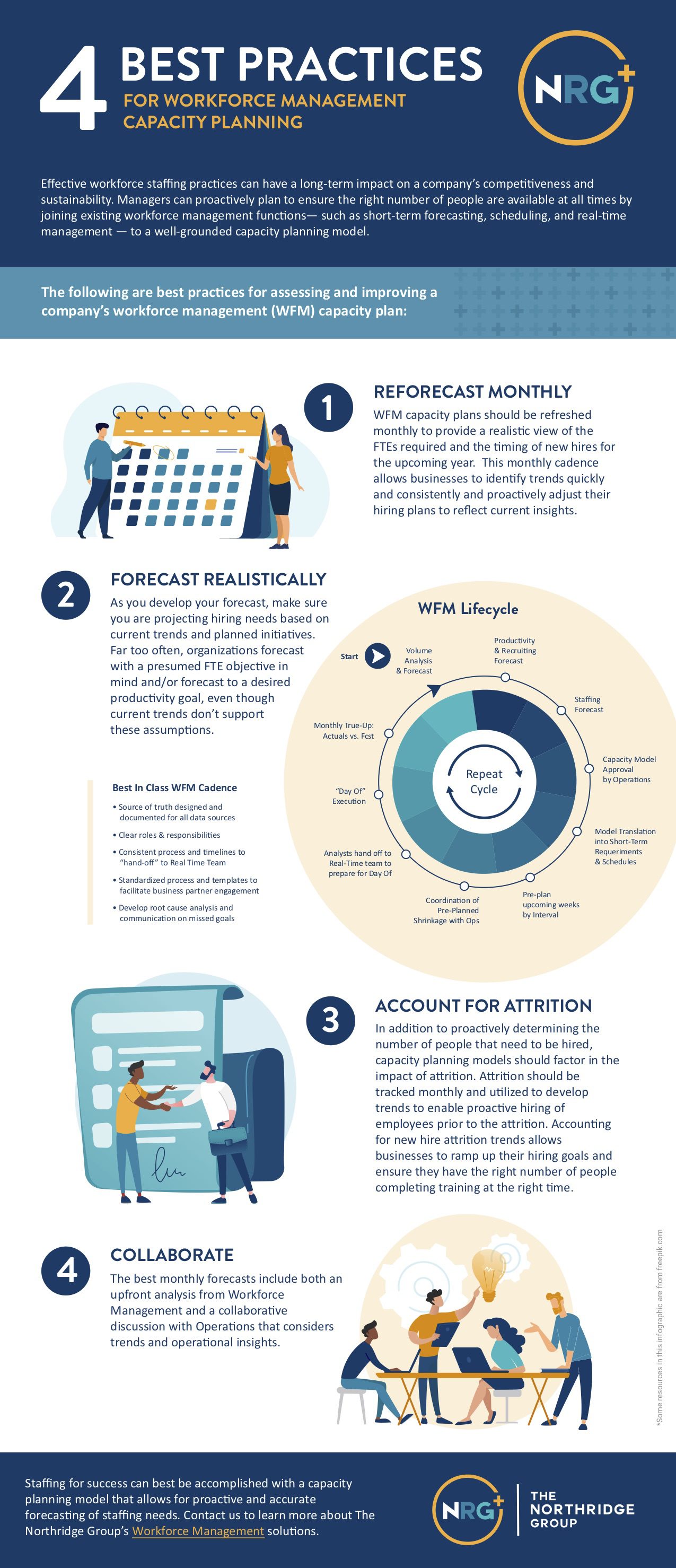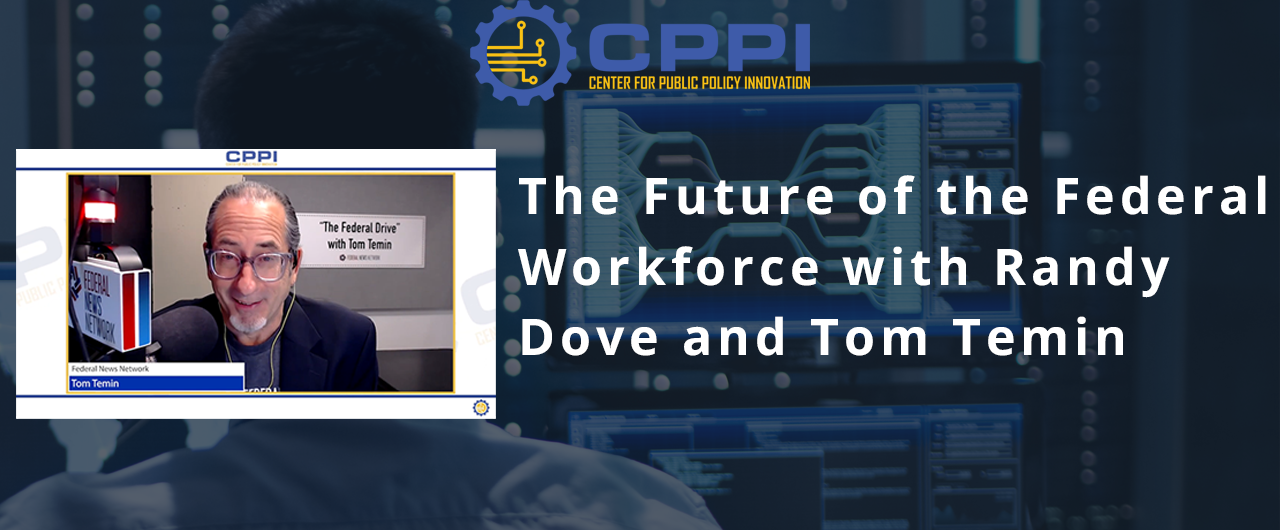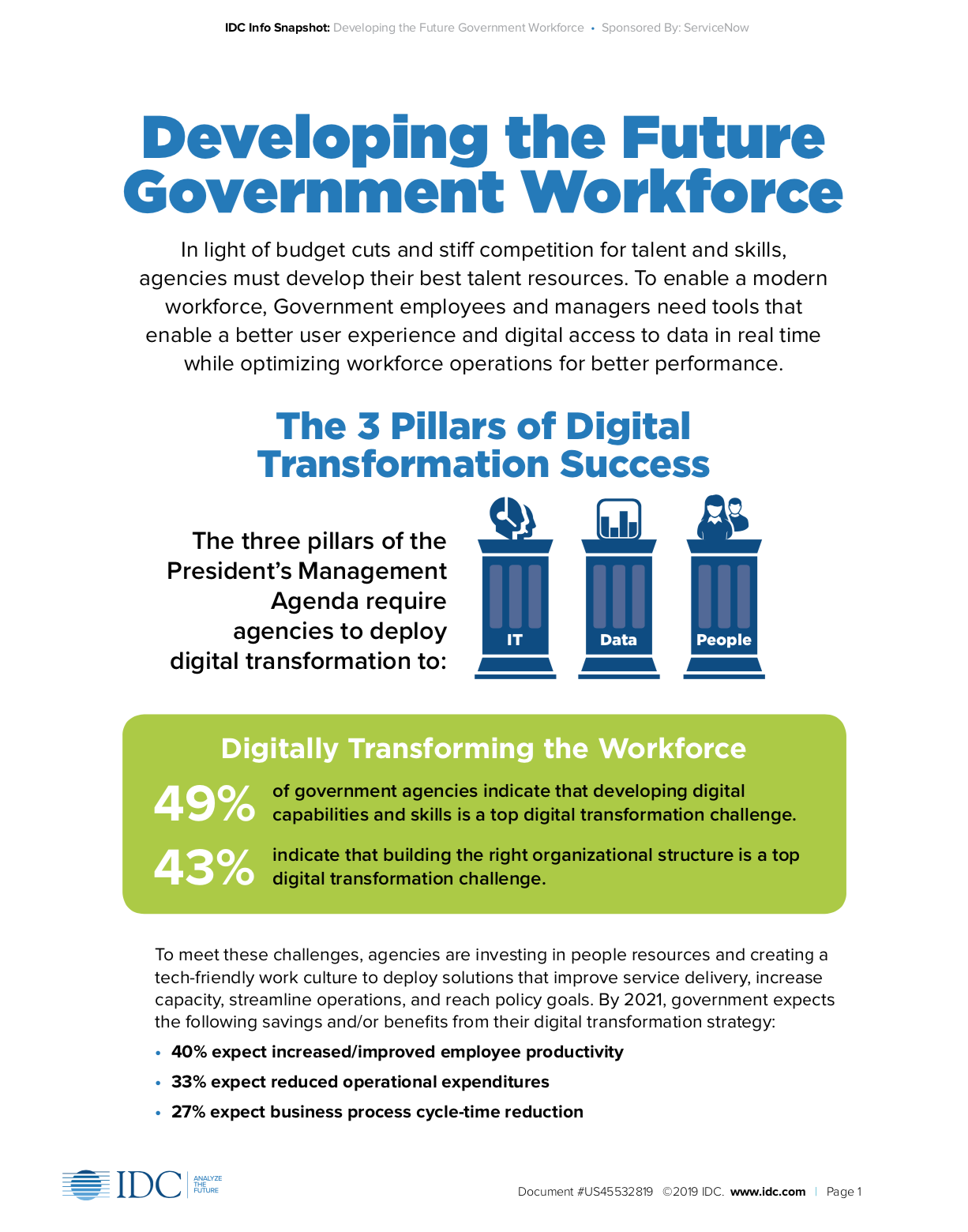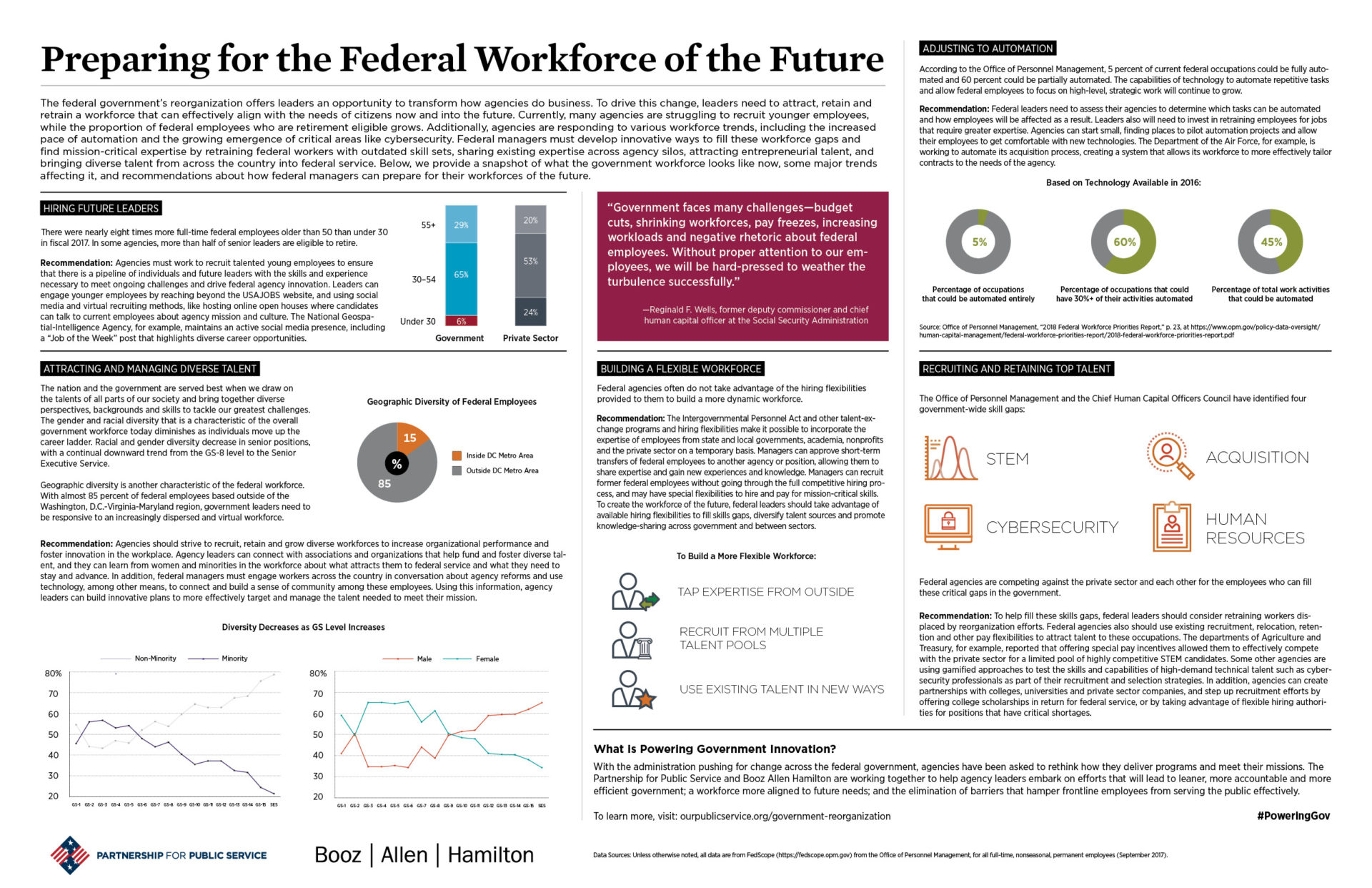Navigating The Future Of Federal Workforce: A Comprehensive Look At The "Use Or Lose" Policy
Navigating the Future of Federal Workforce: A Comprehensive Look at the "Use or Lose" Policy
Related Articles: Navigating the Future of Federal Workforce: A Comprehensive Look at the "Use or Lose" Policy
Introduction
With enthusiasm, let’s navigate through the intriguing topic related to Navigating the Future of Federal Workforce: A Comprehensive Look at the "Use or Lose" Policy. Let’s weave interesting information and offer fresh perspectives to the readers.
Table of Content
Navigating the Future of Federal Workforce: A Comprehensive Look at the "Use or Lose" Policy

The federal government, like any organization, relies on its workforce to function effectively. However, the landscape of public service is evolving rapidly, driven by technological advancements, evolving needs, and a changing workforce. In this context, the Office of Personnel Management (OPM) has implemented a strategic initiative, commonly referred to as "Use or Lose," aimed at ensuring the federal workforce remains adaptable and responsive to the demands of the 21st century. This initiative, formally known as the "2025 Workforce Plan," is a comprehensive framework designed to optimize the federal workforce’s skills, competencies, and talent pool.
Understanding the "Use or Lose" Policy
The "Use or Lose" policy, while not a literal term used by OPM, represents the core principle behind the 2025 Workforce Plan. This principle emphasizes the need for continuous skill development and adaptation within the federal workforce. It recognizes that the skills and knowledge required for effective public service are constantly evolving, necessitating a proactive approach to talent management. The policy’s objective is to ensure that the federal government has the right people with the right skills in the right place at the right time.
Key Components of the 2025 Workforce Plan:
The 2025 Workforce Plan is not a single, isolated policy but a comprehensive strategy with multiple interconnected components. These components aim to address the evolving needs of the federal workforce and ensure its long-term sustainability:
- Skills Development and Training: The plan emphasizes the importance of continuous learning and development. This includes providing opportunities for employees to acquire new skills, enhance existing competencies, and stay abreast of technological advancements. This can be achieved through various means, including online learning platforms, in-person training programs, and mentorship initiatives.
- Talent Acquisition and Retention: Recognizing the challenges of attracting and retaining top talent in a competitive job market, the 2025 Workforce Plan focuses on streamlining recruitment processes, offering competitive compensation and benefits packages, and creating a positive and inclusive work environment.
- Performance Management and Accountability: The plan emphasizes the need for effective performance management systems that provide clear expectations, regular feedback, and opportunities for growth and development. This ensures that employees are held accountable for their performance while also receiving the support they need to succeed.
- Technology and Innovation: The plan acknowledges the transformative power of technology and its impact on public service. It encourages the adoption of innovative technologies and digital tools to enhance efficiency, improve service delivery, and create a more agile and responsive government.
- Diversity and Inclusion: The plan recognizes the importance of building a diverse and inclusive workforce that reflects the communities it serves. It encourages initiatives to promote equity, remove barriers to entry, and foster a welcoming and inclusive work environment.
Benefits of the 2025 Workforce Plan:
The implementation of the 2025 Workforce Plan, with its focus on skills development, talent management, and innovation, offers significant benefits for the federal government and its employees:
- Enhanced Service Delivery: By equipping employees with the necessary skills and knowledge, the plan enables them to provide more effective and efficient public services. This leads to improved outcomes for citizens and a more responsive government.
- Increased Productivity and Efficiency: The focus on skills development, technology adoption, and performance management fosters a more productive and efficient workforce. This allows the government to achieve its objectives with greater effectiveness and resource utilization.
- Improved Employee Morale and Retention: A focus on employee development, performance recognition, and a positive work environment contributes to higher employee morale and job satisfaction. This, in turn, leads to improved retention rates and reduced costs associated with recruitment and training.
- Greater Agility and Adaptability: The plan encourages a culture of continuous learning and innovation, enabling the federal government to adapt to changing circumstances and emerging challenges. This ensures that the workforce remains relevant and responsive to the evolving needs of the nation.
FAQs Regarding the 2025 Workforce Plan:
1. What are the key challenges facing the federal workforce?
The federal workforce faces several challenges, including:
- Aging Workforce: The average age of federal employees is increasing, leading to a potential skills gap as experienced employees retire.
- Technological Advancements: Rapid technological advancements require employees to continuously adapt and acquire new skills to remain effective.
- Budgetary Constraints: Limited budgets can impact the government’s ability to invest in employee development and training.
- Competition for Talent: The private sector offers competitive salaries and benefits, making it challenging for the government to attract and retain top talent.
2. How does the 2025 Workforce Plan address these challenges?
The 2025 Workforce Plan addresses these challenges by:
- Investing in Skills Development: Providing opportunities for employees to acquire new skills and enhance existing competencies through training programs and online learning platforms.
- Streamlining Recruitment Processes: Simplifying the recruitment process and offering competitive compensation and benefits to attract and retain top talent.
- Enhancing Performance Management Systems: Implementing effective performance management systems that provide clear expectations, regular feedback, and opportunities for growth.
- Embracing Technology and Innovation: Encouraging the adoption of innovative technologies and digital tools to improve efficiency and service delivery.
3. What are the specific actions that federal agencies can take to implement the 2025 Workforce Plan?
Federal agencies can implement the 2025 Workforce Plan by:
- Conducting skills gap analyses: Identifying the skills and competencies needed for future success and developing training programs to address these gaps.
- Investing in technology and digital tools: Adopting new technologies and digital tools to enhance efficiency and improve service delivery.
- Developing a culture of continuous learning: Encouraging employees to participate in training programs and stay abreast of technological advancements.
- Streamlining recruitment and retention processes: Simplifying recruitment processes and offering competitive compensation and benefits packages.
- Implementing effective performance management systems: Providing clear expectations, regular feedback, and opportunities for growth and development.
Tips for Federal Employees:
Federal employees can play a crucial role in the success of the 2025 Workforce Plan by:
- Taking initiative in their own development: Actively seeking opportunities for training and skill development.
- Embracing new technologies and tools: Demonstrating willingness to learn and adapt to new technologies.
- Providing feedback and suggestions: Sharing insights and ideas for improving processes and service delivery.
- Mentoring junior employees: Sharing their knowledge and experience to help others grow and develop.
Conclusion:
The 2025 Workforce Plan is a critical initiative for the federal government. By focusing on skills development, talent management, and innovation, the plan aims to ensure that the federal workforce remains adaptable, responsive, and equipped to meet the challenges of the 21st century. The success of this initiative requires a collaborative effort from federal agencies, employees, and OPM. By working together, they can create a more skilled, efficient, and effective federal workforce that serves the nation with excellence.








Closure
Thus, we hope this article has provided valuable insights into Navigating the Future of Federal Workforce: A Comprehensive Look at the "Use or Lose" Policy. We thank you for taking the time to read this article. See you in our next article!
You may also like
Recent Posts
- National Holidays In Poland: 2025
- Navigating The March 2025 School Holidays In South Africa: A Comprehensive Guide
- Exploring The World In 2025: A Glimpse Into The Future Of Travel
- The Significance And Celebration Of New Year’s Day
- Navigating The Year: A Guide To National Holidays In 2025
- A Comprehensive Guide To March 2025 Holidays In Telangana
- An Exploration Of The African Safari Experience: November 2025
- Navigating March 2025 Holidays In Canada: A Comprehensive Guide
Leave a Reply